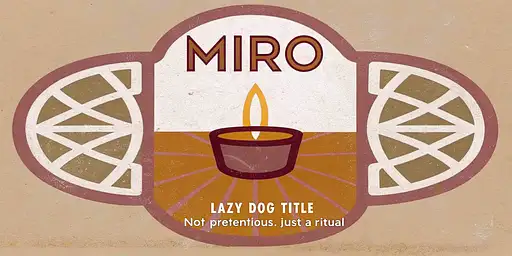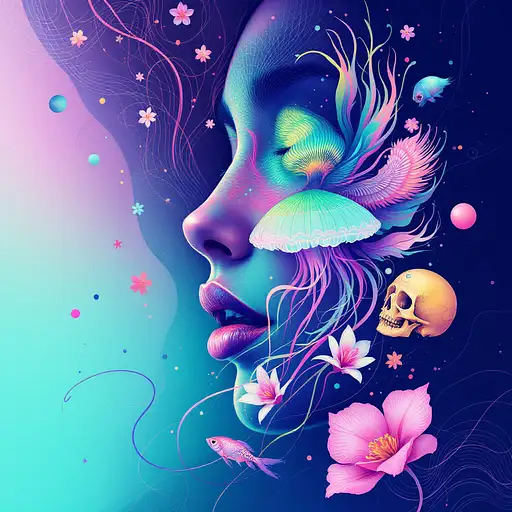
3 months ago
**Generate a book cover concept for a non-fiction business guide.** **Book Title:** [The Highway to Capital:"] **Book Subtitle:** [Your Blueprint for Modern Transport Financing"] **Genre:** Non-fiction, Business, Finance, Transportation. **Overall Style & Tone:** * **Professional yet approachable and dynamic.** * **Modern, clean aesthetic.** * **Empowering and solution-focused.** * **Relatable to practical business owners.** **Key Visual Metaphors & Elements (Specific to Chosen Title):** * **IF TITLE IS "Under the Hood of Funding":** * **Imagery:** Visualize a detailed, well-maintained engine bay of a commercial truck. Focus on clean, intricate mechanical parts. Integrate subtle financial symbols (like rising bar graphs or stylized currency symbols) *within* the engine's glow or as faint blueprint overlays on the components. Show light spilling from under the hood, suggesting revelation or insight. Include elements of a mechanic's tools (e.g., a wrench, a diagnostic device) hinting at practical guidance. * **Color Palette:** Dominant industrial blues, metallic grays, and silver. Accents of warm gold or bright green emanating from the engine's core or financial elements, suggesting money and opportunity. * **Feel:** Precision, insight, understanding, practical knowledge. * **IF TITLE IS "The Access Key: Unlocking Alternative Finance for Transportation Leaders":** * **Imagery:** Show a stylized, modern key (perhaps with a subtle transport symbol on its head, like a truck silhouette) inserting into or turning in an abstract lock mechanism. The lock should open to reveal a pathway, a bright light, or a dynamic upward-trending financial chart stretching into the distance. The background could feature blurred, abstract transport lines or cityscapes. * **Color Palette:** Cool blues, purples, and deep greens for the background/lock. Bright, warm golds, whites, or electric blues for the light and pathway, symbolizing clarity and opportunity. * **Feel:** Breakthrough, solution, clarity, empowerment, opening new possibilities. * **IF TITLE IS "Ignite Your Growth: The Playbook for Transportation Industry Funding":** * **Imagery:** Focus on a dynamic spark or flame igniting. This could be a stylized flame interacting with an abstract representation of a transportation business (e.g., a blurred network of roads, glowing vehicle silhouettes) or a upward-trending growth graph. Integrate subtle elements of a "playbook" or strategic guide (e.g., faint lines, a compass rose, or abstract strategy symbols). * **Color Palette:** Energetic reds, oranges, and yellows for the ignition/spark/growth. Balanced with strong, stable blues and dark grays for the background. * **Feel:** Action, energy, dynamism, growth, strategic advantage. **Typography (General Style for AI):** * **Main Title:** Bold, strong, clean sans-serif font. Highly legible. * **Subtitle:** Slightly lighter weight, complementary sans-serif. Clear and professional. * **Author Name:** Readable, good prominence. **Layout (General Design Principles for AI):** * **Clear hierarchy** for Title, Subtitle, Author Name. * **Dynamic composition** with elements suggesting forward movement or ascent. * **Space for text** (title, subtitle, author) without obscuring key visual. **Generate [3-5] distinct variations for the chosen title.**







